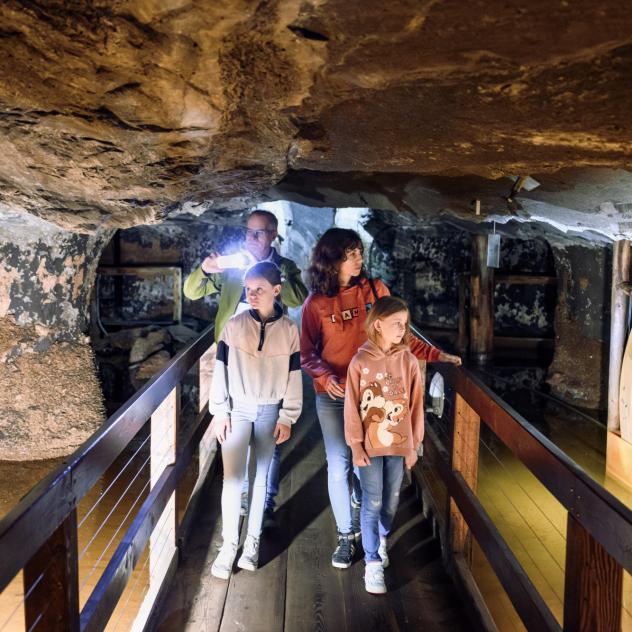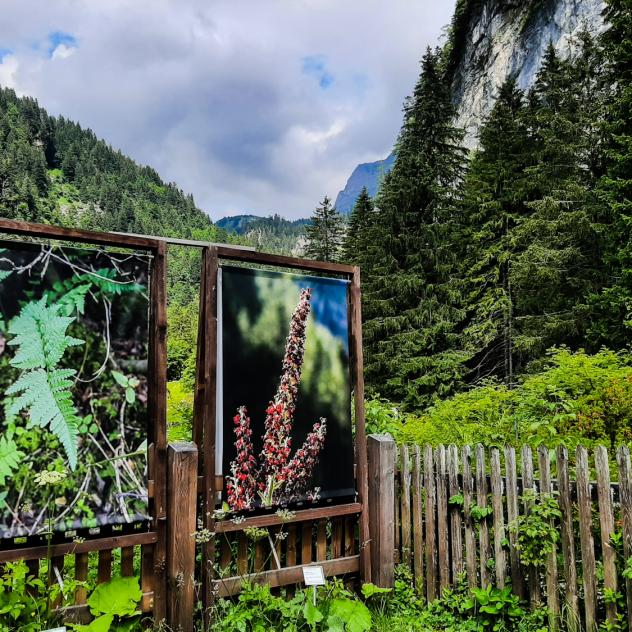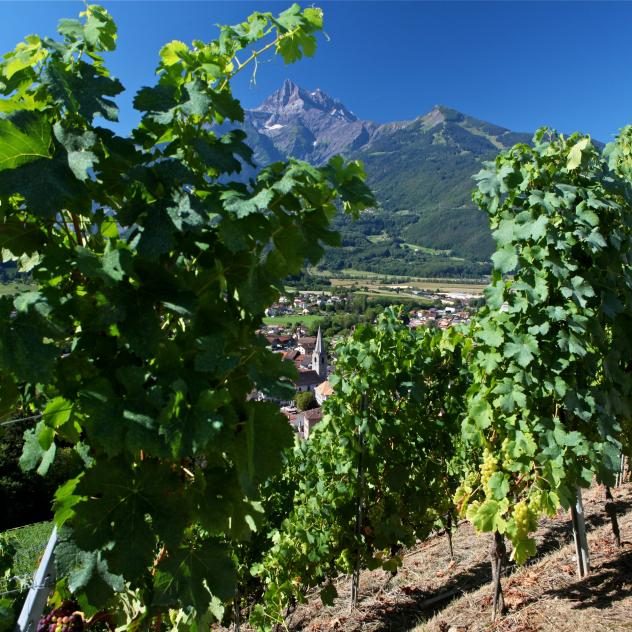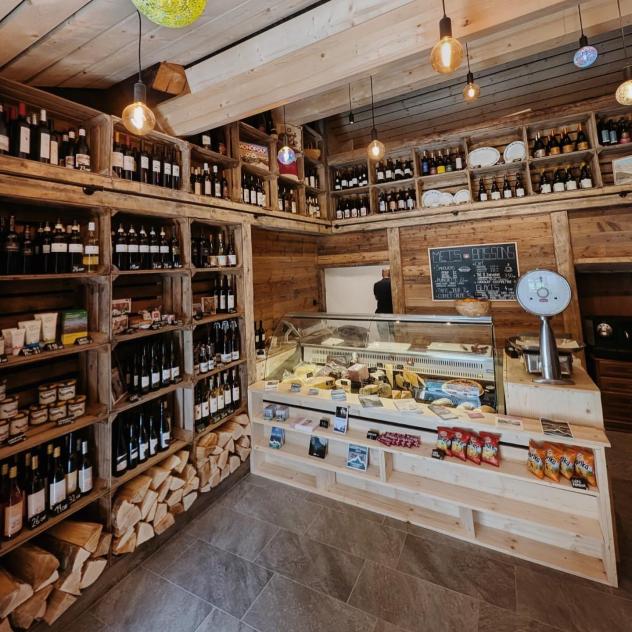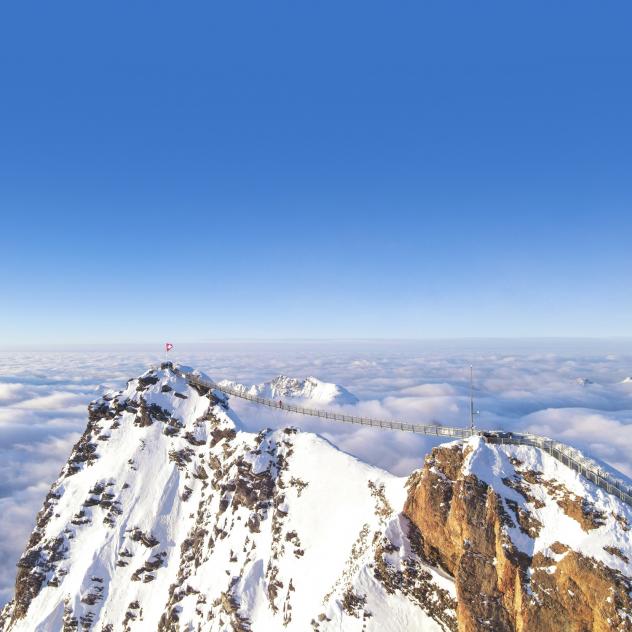
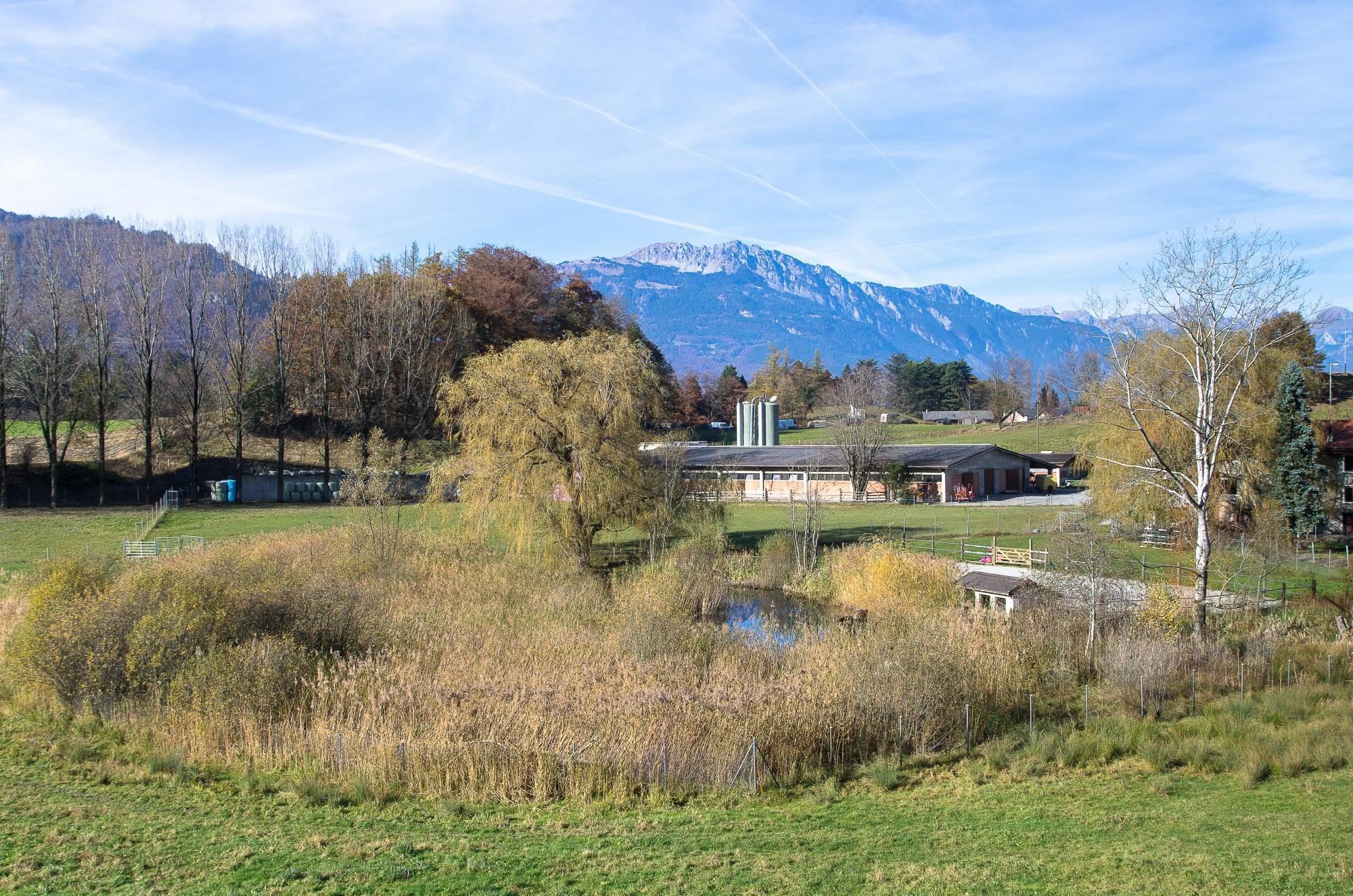
Overview
In 1791, magnificent bronze weapons were discovered on the shores of the small lake of Luissel and are kept in the History Museum in Bern. In 1859, the Vaud archaeologist Frédéric Troyon led an excavation at Luissel and discovered wooden remains and human bones. Troyon hoped to have found a pre-celtic lake dwelling, such as had recently been discovered around the large Swiss lakes. Today, the remains of Luissel are interpreted as the traces of a Bronze Age votive deposit, dated to around 1150-800 BC by comparison with other similar deposits found in Europe.
The first bronze weapons were discovered by chance in 1791 while the banks of the lake were being dug for peat. However, in 1859, the Vaud archaeologist F. Troyon carried out a scientific excavation and was interested in less prestigious remains, in particular wooden pieces (a pointed stake, an axe handle) and ancient natural vegetation caught in the peat. In total, the Lake Luissel site yielded 3 swords with bronze antennae handles, 4 spear points and an axe with a socket, dating from the Final Bronze Age (1150-800 BC).
These objects probably come from a religious deposit. This is a rite of depositing weapons - sometimes broken or deliberately bent - or other objects in a place considered sacred, such as a marsh, rocky cleft, riverbank or spring. This ritual is well documented in the Bronze and Iron Ages, but its significance is not precisely understood.
Around 1980, samples taken from the peat on the banks of the lake made it possible to trace the evolution of the vegetation in the Bex region since around 2000 BC, thanks to the study of the pollen found there.
Another bronze axe was found in the vineyards on the southern side of the Chiètres hill, confirming that this area was frequented during the Bronze Age.
Sources:
A. Gallay (ed.), Des Alpes au Léman. Images de la préhistoire, Goillon, 2008, 2nd edition, p. 332, no. 92.
C. Wagner, Le Chablais dans les pas des archéologues, Monthey, 1998.
Location
Getting to Bex
Car parks and transport
Brochures and maps
Practical information
- location_on
Office du Tourisme de Bex
Avenue de la Gare 68
1880 Bex
- phone_in_talk
+41 24 463 30 80
- mail
info@bex-tourisme.ch
Facebook
Instagram


